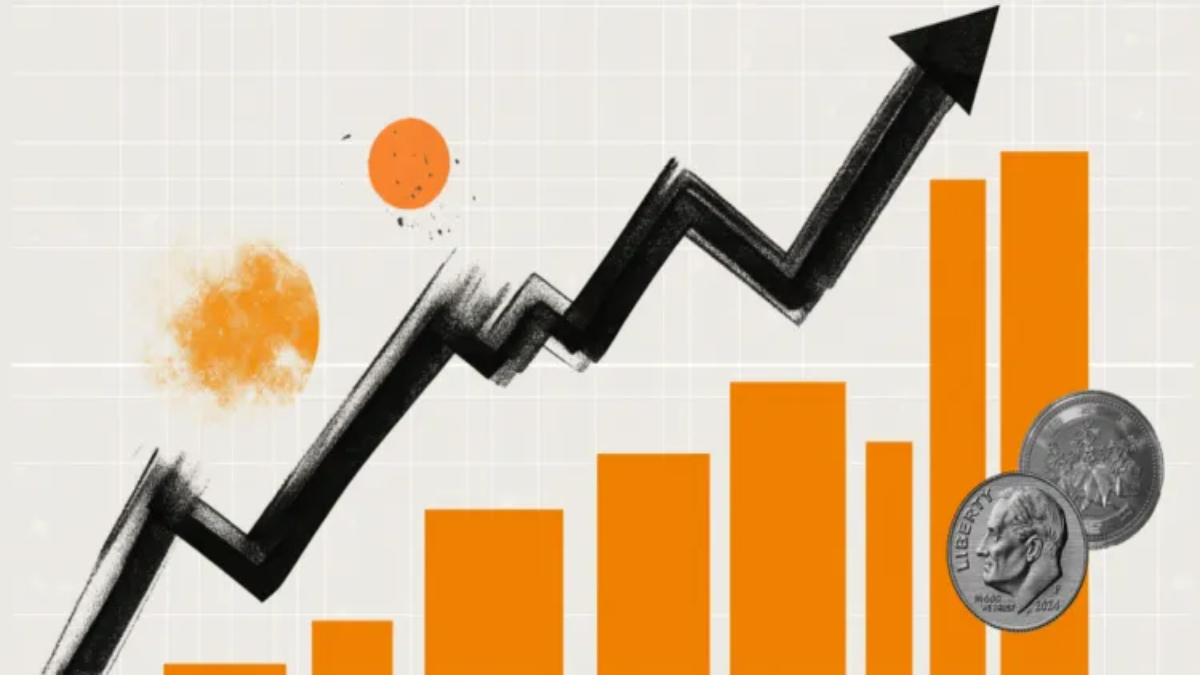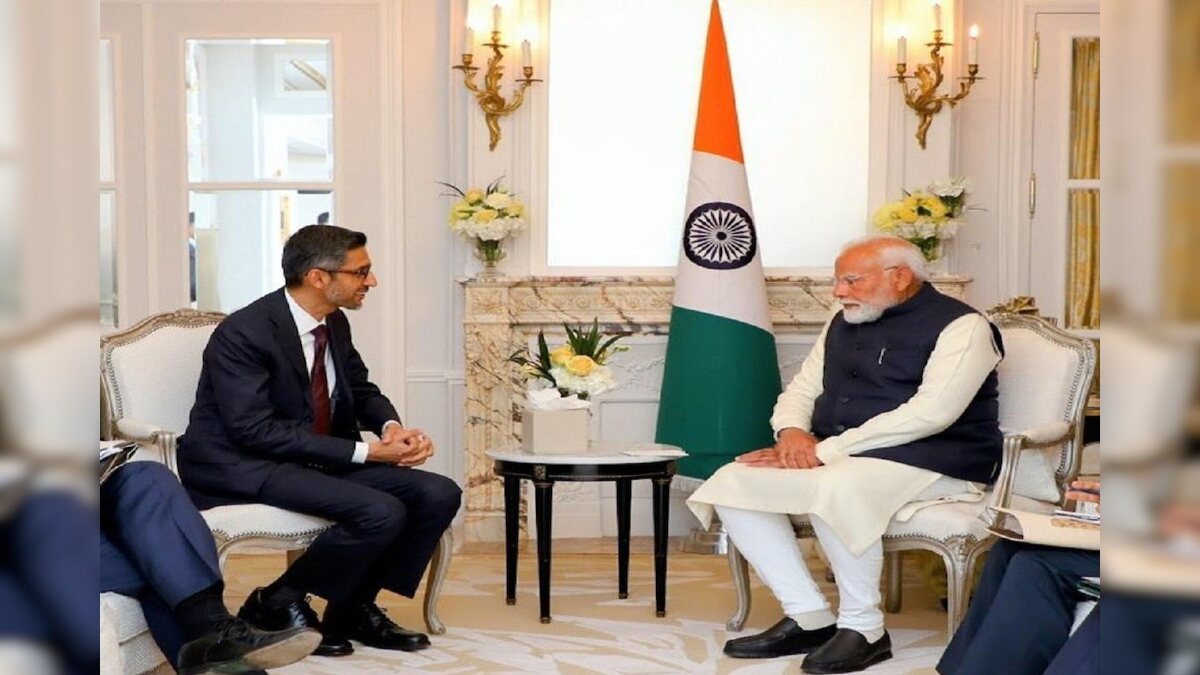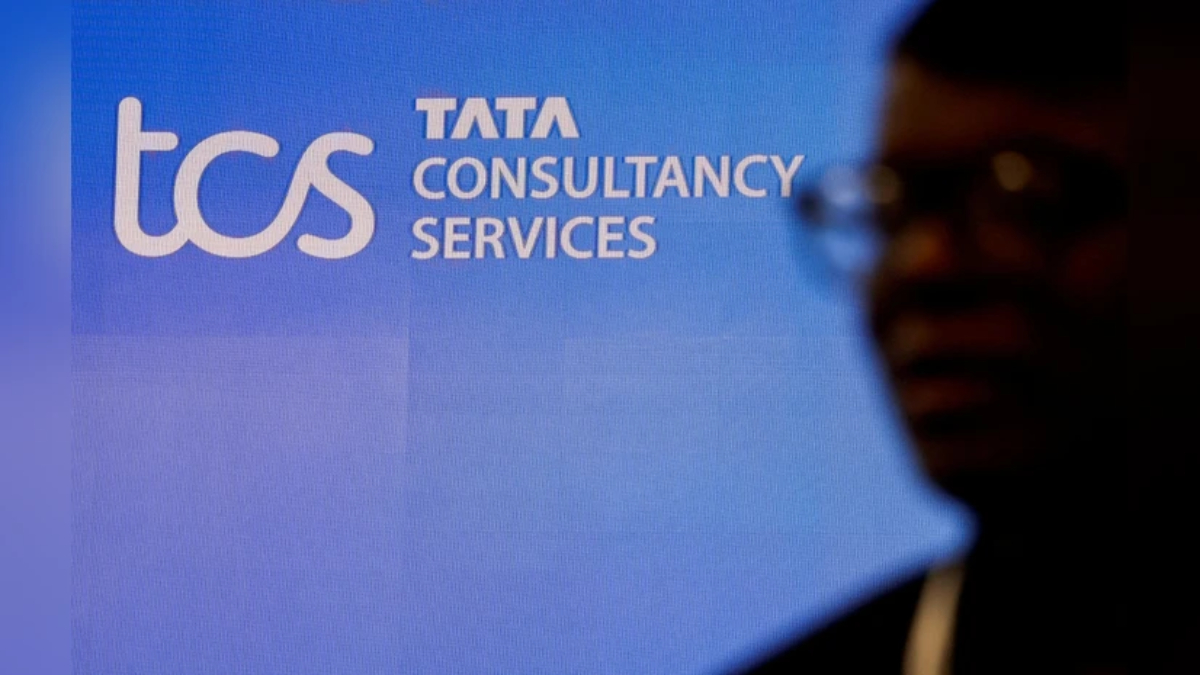Ola Electric, a company primarily known for its electric two-wheelers, has announced a significant strategic shift with the launch of Ola Shakti, its first residential Battery Energy Storage System (BESS).
Business2- Page
The Indian commodity market is witnessing a historic surge in precious metals, as gold and silver futures contracts on the Multi Commodity Exchange (MCX) have soared to unprecedented highs. Gold
The Japanese Yen (JPY) has been registering modest gains against the US Dollar (USD), pulling further away from its one-week trough, in a move characterized by a noticeable lack of
The markets are keeping a keen eye on major corporate announcements, with the latest developments from the financial and automotive sectors drawing particular attention. Recent quarterly results and strategic moves
The vibrant ecosystem of market traders, street vendors, and small-scale entrepreneurs forms the economic backbone of many communities, providing accessible goods and unique local flavors. However, those who dedicate their
Global digital transformation leader Tech Mahindra, a part of the Mahindra Group, has unveiled its consolidated financial results for the second quarter of the fiscal year 2025-26, painting a picture
In a landmark commitment to India’s digital future, Google CEO Sundar Pichai on Tuesday announced a massive investment plan to establish the company’s first-ever Artificial Intelligence (AI) hub in India,
The recent wave of Initial Public Offerings (IPOs) in the Indian primary market saw two high-profile and large-sized issues—Tata Capital Ltd. and LG Electronics India Ltd.—drawing significant investor attention. The
The Dow Jones Industrial Average (DJIA), often simply referred to as “The Dow,” stands as one of the most recognizable and enduring symbols of the U.S. stock market and the
Shares of the Indian IT bellwether, which we will refer to as ‘S’ (Tata Consultancy Services – TCS based on search results), saw a moderate decline in early trading today,















